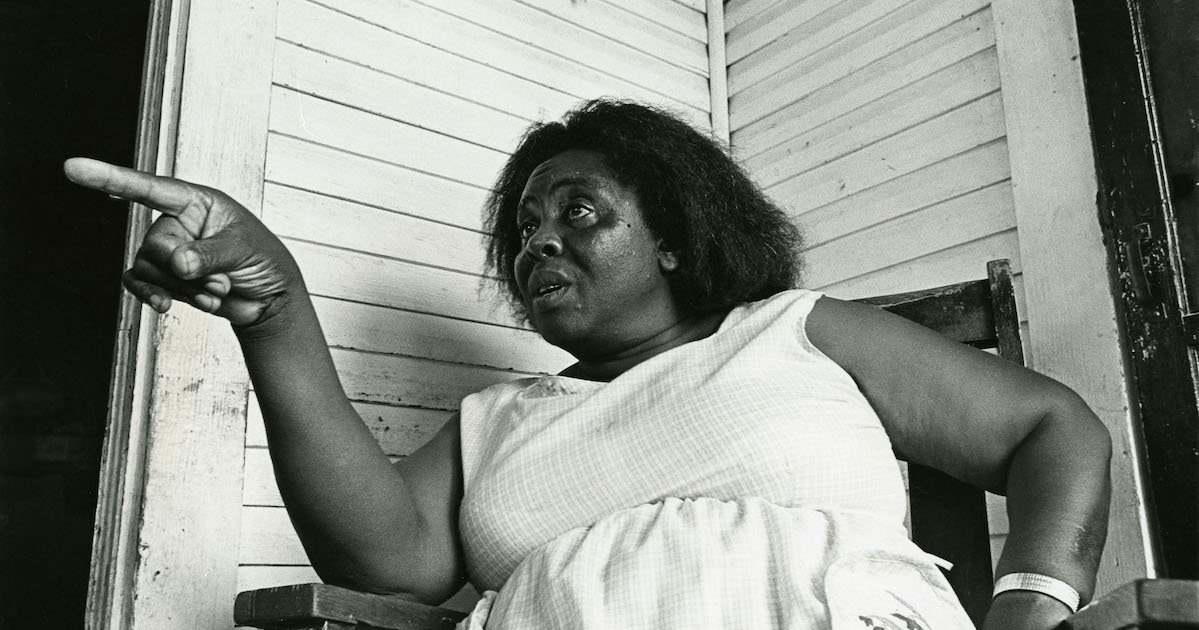[ad_1]
Fannie Lou Hamer was born in 1917, the 20th child of Lou Ella and James Lee Townsend, sharecroppers east of the Mississippi Delta.
She first joined her family in the cotton fields at the age of six. Although she managed to complete several years of school, by adolescence she was picking hundreds of pounds of cotton a day. In the early 1940s she married Perry Hamer, known as Pap, and worked alongside him at W.D. Marlow’s plantation near Ruleville, in Sunflower County. Hamer’s ability to read and write earned her the job of timekeeper, a less physically demanding and more prestigious job within the sharecropping system.
The Hamers adopted two daughters, girls whose own families were unable to care for them. (They later adopted their two grandchildren after the older daughter’s death.) Hamer’s own pregnancies had all failed, and she was sterilized without her knowledge or consent in 1961. She was given a hysterectomy while in the hospital for minor surgery, a procedure so common it was known as a “Mississippi appendectomy.” “[In] the North Sunflower County Hospital, I would say about six out of the 10 Negro women that go to the hospital are sterilized with the tubes tied,” she told a Washington, DC, audience three years later.
The forced sterilization was one of the moments that set Hamer on the path to the forefront of the Mississippi Civil Rights movement, but the incident that brought her into a leadership role came a year later. On August 31, 1962, not long after attending a voting rights meeting organized by the Student Nonviolent Coordinating Committee (SNCC), Hamer joined 17 of her neighbors on a bus to Indianola, the county seat. Officials blocked most of the group from even attempting to register; Hamer and one man were the only ones allowed to fill out the application and take the literacy test, which both failed.
Colin Grant, PBS
Featured Image, Sitting on a porch, summer 1964. Credit: USM
Full article @ PBS
[ad_2]
Source link

